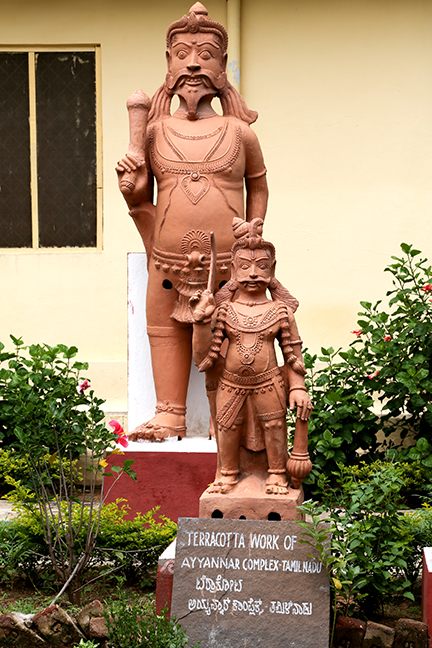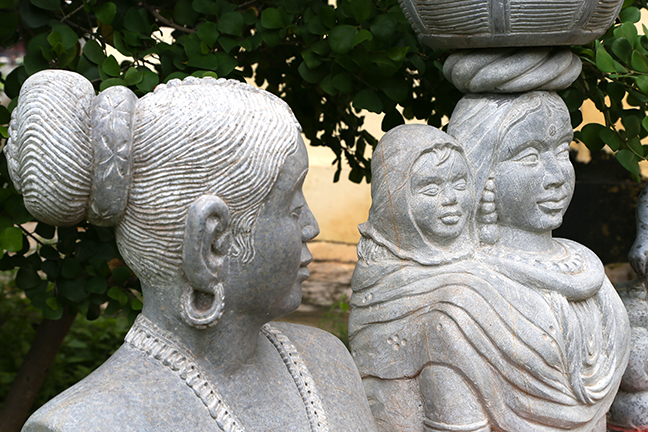The southern regional centre of Indira Gandhi Rashtriya Manav Sangrahalaya (IGRMS), its counterparts across the country, is working from a historical building popularly known as ‘Wellington House’, situated in the heart of the city of Mysore. The centre has periodical exhibitions on various indigenous ways of life and ecological history in order to educate on their structural and functional inter-linkages.
Through its exhibitions, interactive education programmes and salvage activities, the IGRMS also demonstrates the aesthetic qualities of India’s traditional lifestyles, local knowledge systems cherished for thousands of years, and cautions against unprecedented destruction of ecology, environment, local values, and customs.
Regular seminars, as well as special programmes and projects, are organised at the museum. The noteworthy ones include ‘Do and Learn’ special education programme, carried out to support traditional artisans and create awareness of about local art forms; and ‘Operation Salvage’ directed towards salvaging the vanishing aspects of tangible and intangible cultures through systematic documentation, where collection and field workshop programmes are carried out in collaboration with local communities.
12.3144431, 76.6574247
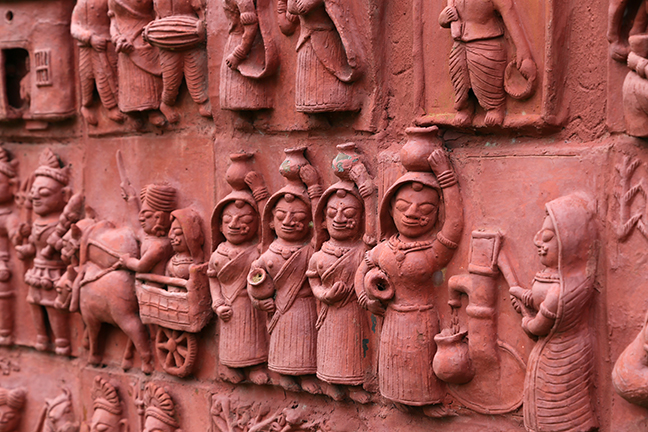
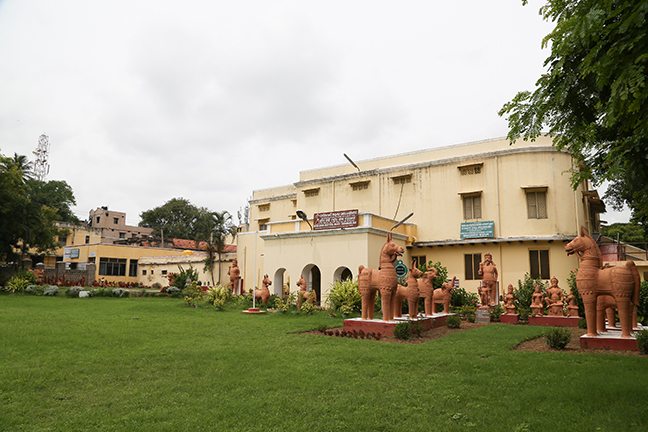
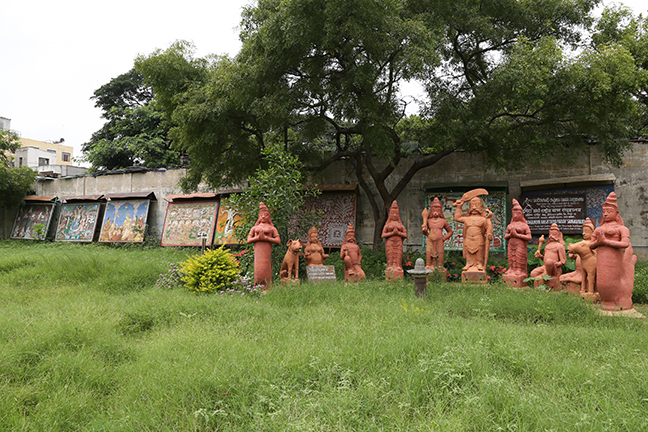
Located at the back and front of the museum, this exterior space houses folk artefacts from Rajasthan, Tamil Nadu, Orissa, Karnataka and Chattisgarh.
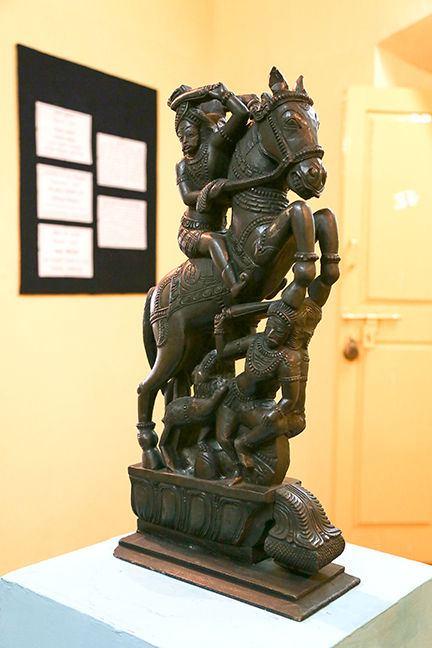
Mara sirpam is the decorative wood carving from the Chettinad region of Tamil Nadu which is found in architectural patterns like doors and ceilings. It is usually carved out of Burma or teak wood.
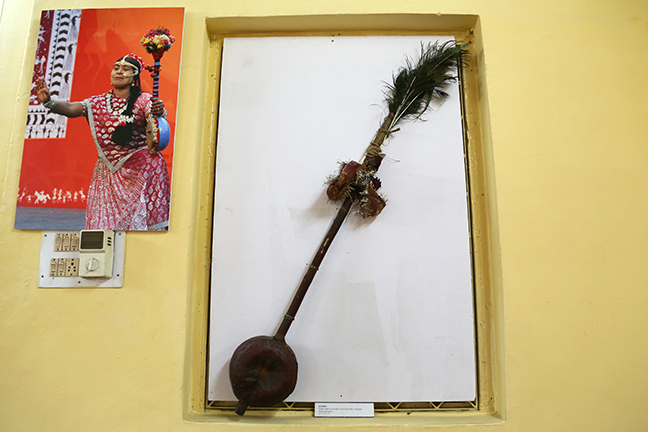
String instrument. Made by the Gond tribe, Aruppur, Madhya Pradesh.
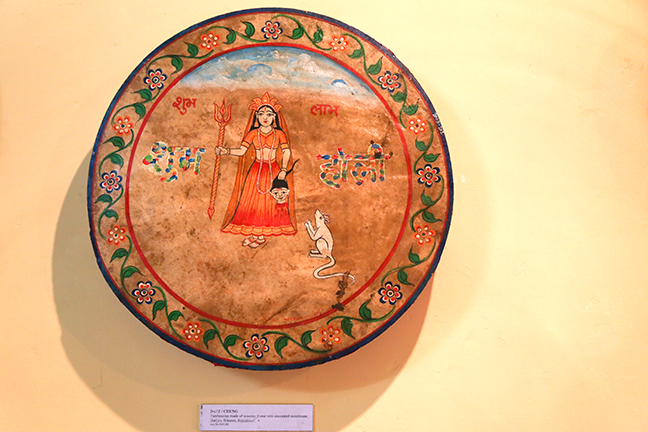
Tambourine made of wooden frame with decorated membrane. Harijan, Bikaner, Rajasthan
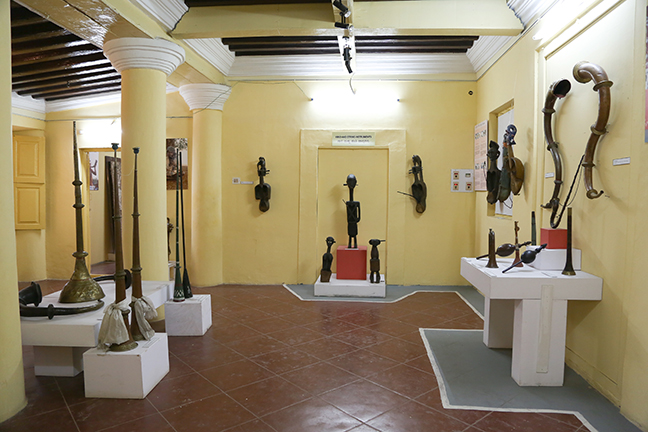

One of the primary drums of ancient origin. Commonly known as Nagada or Nagra, these drums were used at one point of time for making announcements.
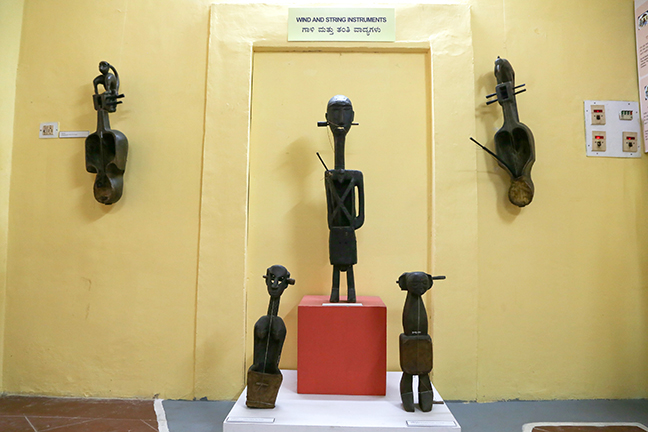
Seen here is the Banam and Saringa. String instruments from Santal, West Bengal.
